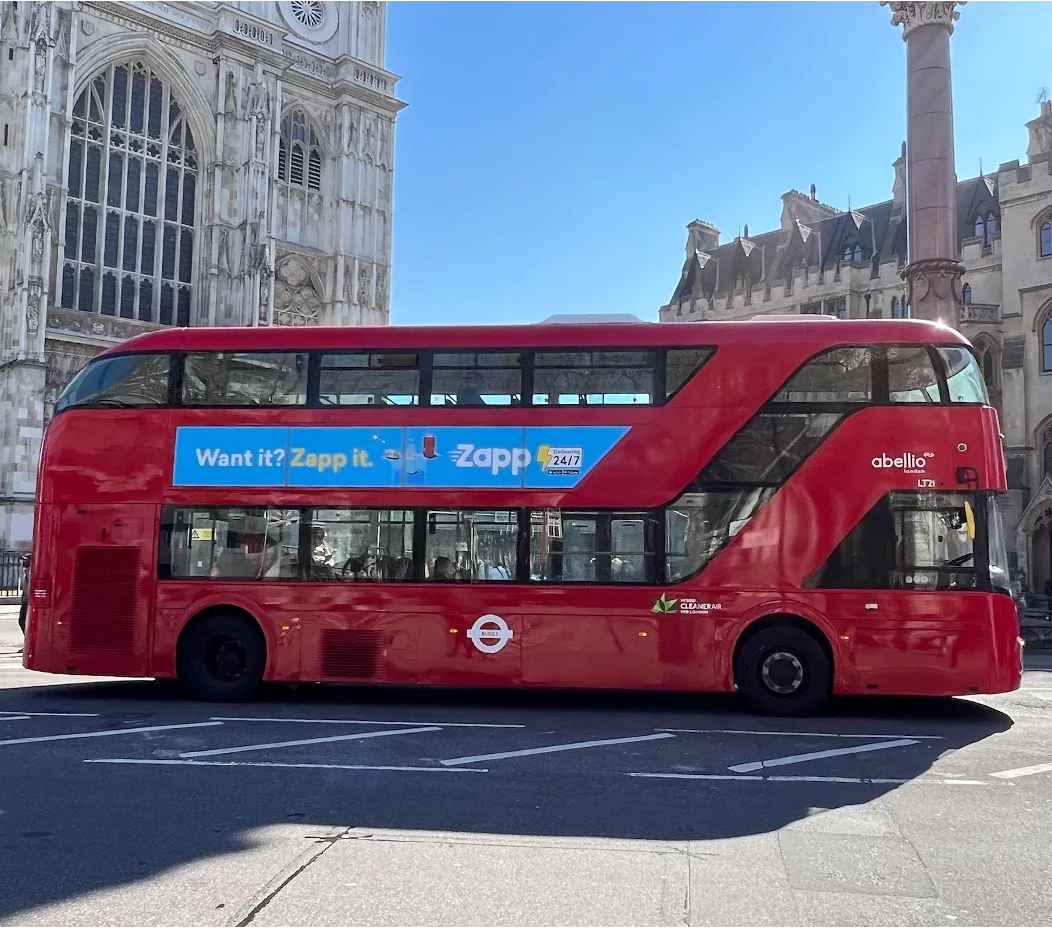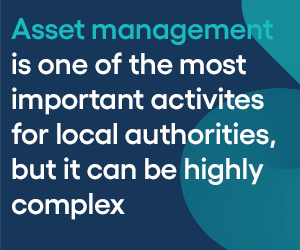Transport for London has responded to government demands for cost savings by outlining a “reshaping” of bus services in Inner London.
TfL says that before the Coronavirus pandemic, it had made “huge strides” to improve its financial resilience, but that due to TfL’s reliance on passenger fares for the majority of its income, the effect of the pandemic on its finances has been devastating, requiring Government support to keep public transport in London operating.
Passenger numbers continue to recover, but are still significantly below pre-pandemic levels.
The Government set a number of conditions before providing emergency funding to enable TfL to keep operating, including requiring a plan setting out how to achieve significant financial savings and reduce service levels. This plan included reducing the extent of the bus network by four per cent by 2024/25.
Proposals to achieve this reduction, by changing and withdrawing some bus routes in and around central London, have been published for consultation. This six-week consultation sets out how TfL will ensure the bus network continues to provide Londoners with the service they need while responding to Government requirements to make further savings.
TfL says it has worked to ensure that the bus kilometres removed from the network are in locations that already have a higher provision of buses, and that the bus routes proposed for changes or withdrawal are already well served by other routes meaning services would more than meet demand and allow passengers to still make the same journeys, with an additional interchange in some instances.
“Taking this approach reduces the effect on passengers as much as possible and will allow for investment in outer London where there is a clear need for more buses due to higher demand, whilst ensuring a continued reliable network of routes in central and inner London,” TfL says in a statement. “Passengers can also make use of the ‘Hopper’ fare introduced by the Mayor, meaning no extra costs will be incurred by passengers for changing buses within an hour.”
While buses remain the most popular form of transport in London, demand on many central and inner London bus routes has reduced. Ridership on some routes has been declining since 2014, and by 2019 passenger levels had fallen by nine per cent as improvements to rail services and walking and cycling infrastructure provided new alternatives, especially in central and inner London.
TfL’s current short-term funding deal expires on the 24th of June. If a sustainable new agreement cannot be achieved, TfL could be required to reduce bus services by nearly 20% – an outcome that it says is working hard to avoid.
TfL is inviting feedback on plans to withdraw some individual bus routes or sections of routes where they are duplicated by other high-frequency services, or are very close to alternative stops. It says these changes would ensure buses can operate where they are most needed. To give customers a more holistic view of how their journeys might be affected, the proposals are set out in “neighbourhoods”. For example, as part of the Horseferry neighbourhood proposals, the 3 and the C10 would be re-routed and become core high frequency routes. Changes would be made to the 77 and 507 to improve access to Waterloo station and replace parts of routes 11 and 211.
Currently, 19% of journeys made on central London bus routes involve a change of bus. Under its proposals, TfL expects the proportion of customers who would need to change buses to increase to around 24%, but that the Hopper Fare, which allows unlimited journeys within the hour for the price of a single fare, would ensure most customers don’t pay more. Those aged under 18 and over 60 would continue to get free bus travel.
The consultation details are here.
(Picture – Highways News)



























